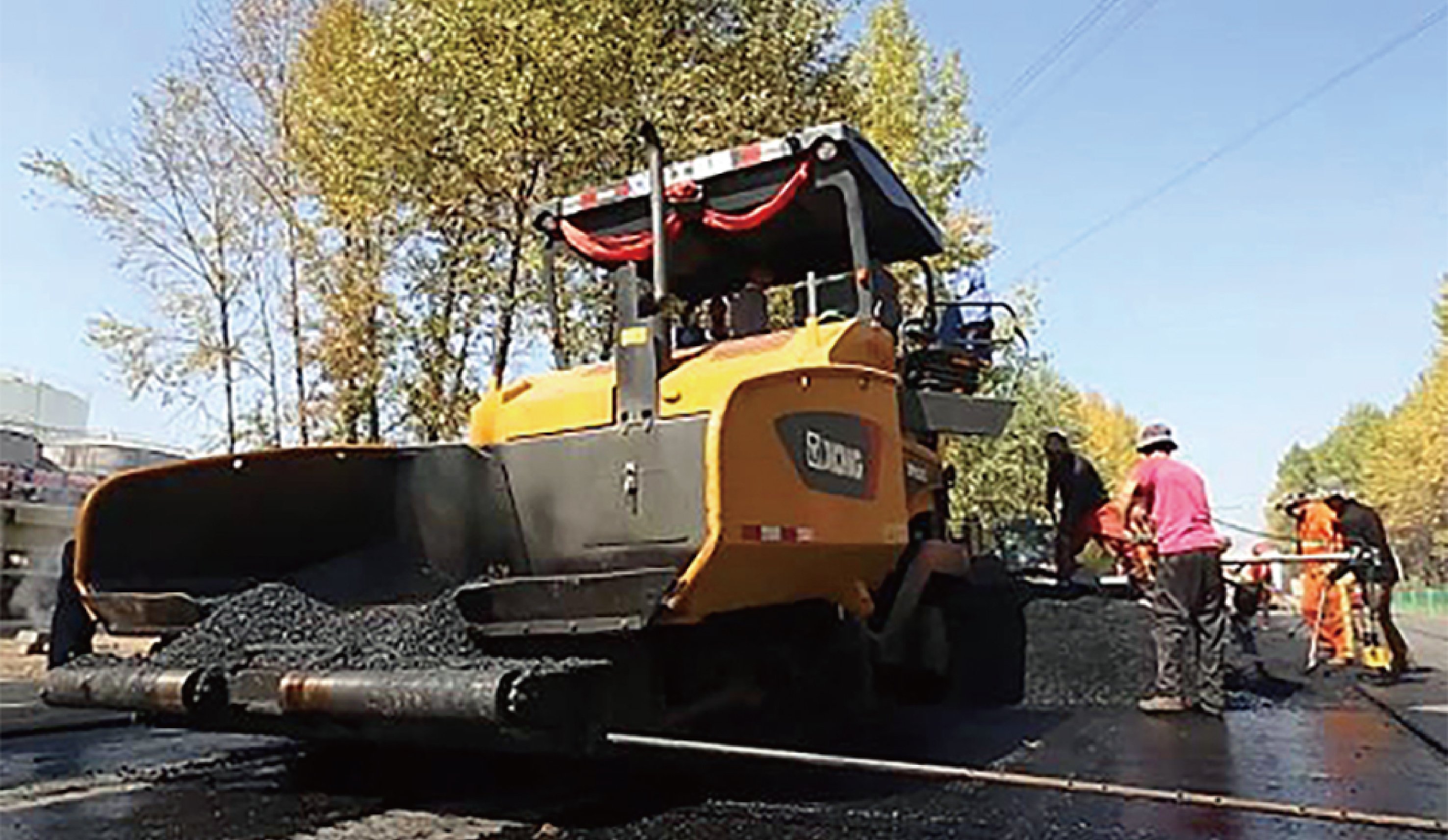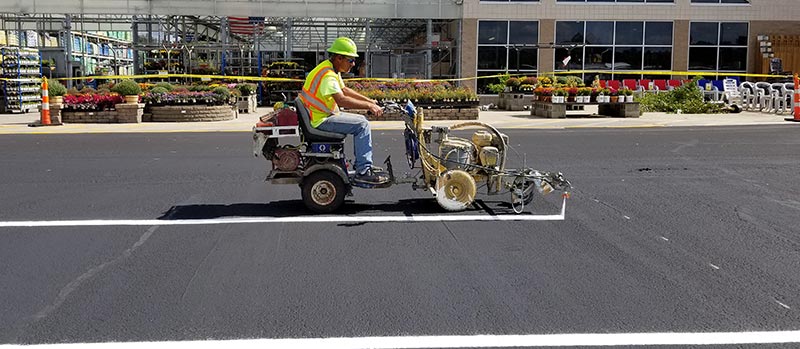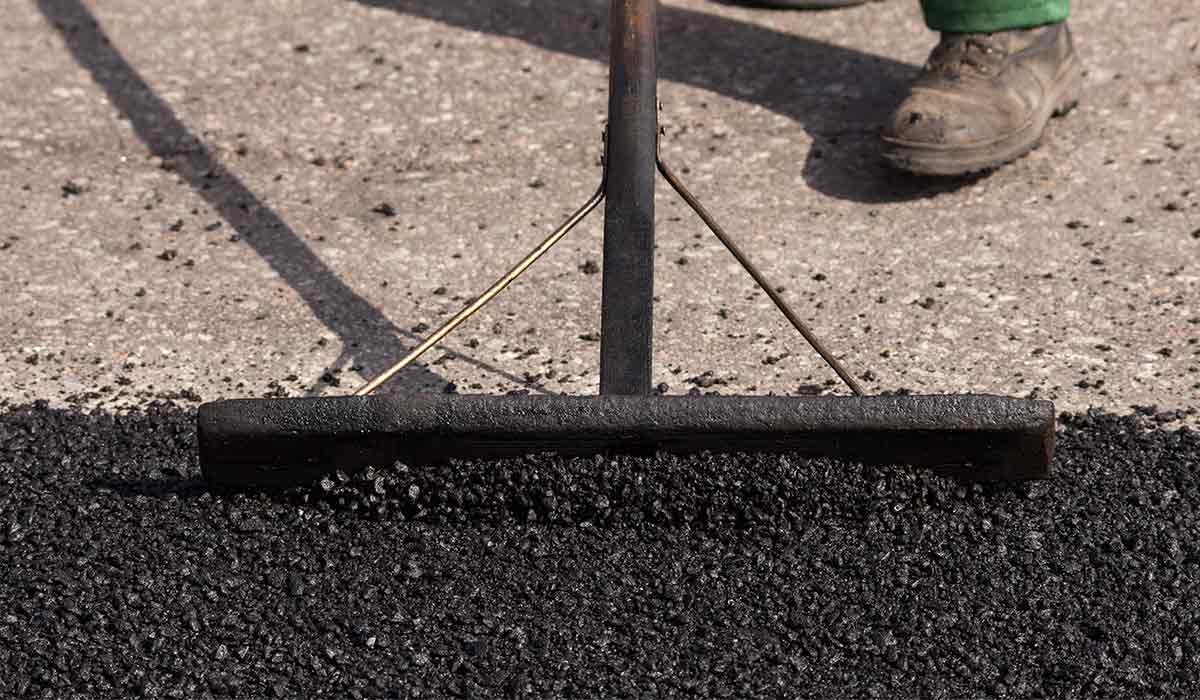The Of A1 Professional Asphalt & Sealing Llc
The Of A1 Professional Asphalt & Sealing Llc
Blog Article
Some Known Factual Statements About A1 Professional Asphalt & Sealing Llc
Table of ContentsSome Known Details About A1 Professional Asphalt & Sealing Llc All about A1 Professional Asphalt & Sealing LlcThe 10-Minute Rule for A1 Professional Asphalt & Sealing LlcThe Best Guide To A1 Professional Asphalt & Sealing LlcThe Basic Principles Of A1 Professional Asphalt & Sealing Llc

The oil in a car engine is not simply oil. It contains a selection of additives to boost the automobile's performance. These include polymers, thickness modifiers, warm stabilizers, added lubes, and put on additives. The REOB has all the additives that remained in the waste oil in addition to the wear steels from the engine (generally iron and copper).
By making several blends using different REOB samples and different asphalt binders, the variants mainly can be balanced out. Numerous States gave examples of known REOB composition to TFHRC researchers, who examined the examples to contrast the portion of included (understood) REOB to the located (examined) quantity. The evaluations revealed a similar percent of included and discovered REOB.
A1 Professional Asphalt & Sealing Llc Can Be Fun For Anyone
None of those States realized that the asphalt they were acquiring consisted of REOB. One State insisted its examples had no REOB - https://www.openlearning.com/u/johntally-sc7f0j/.
Of the 1,532 samples checked, 12 percent had REOB, and some included substantially high levels of it at 1020 percent. The highest possible degree was 34 percent in an example from Texas, which TxDOT had actually made use of in a patching substance. This testing likewise revealed the visibility of phosphoric acid in 11 percent of the examples, and 2 percent included ground tire rubber.
Two years earlier at TRB's annual meeting, the Federal scientists held an REOB workshop and presented the searchings for of their lab analyses to a standing room-only crowd. Some firms do not particularly ban REOB, they do enforce physical tests that prevent its useeffectively a restriction. Others do not prohibit it by requirements, however have arrangements with asphalt vendors to avoid using REOB
Some Known Questions About A1 Professional Asphalt & Sealing Llc.
Ohio and Texas limitation degrees to less than 5 percent of the asphalt. To establish a trusted test method that all States can make use of, the TFHRC researchers established up a round-robin test plan.
The participants are testing the examples individually utilizing the guidelines provided by the TFHRC scientists. The outcome will be a recommended AASHTO test approach that any kind of State can embrace and use.
The pavement with REOB, which lies 0.6 mile (1 kilometer) from the pavement without REOB, has the same subgrade, web traffic density, and environment. The section of Highway655 with 5 to 10 percent REOB revealed considerable cracking. In this example, the presence of REOB was the recognized root cause of fracturing at a low temperature levels.
"In our experience in Canada, also small amounts of 23 percent can be a problem." An area of test sidewalk in Minnesota (MN1-4) found to consist of REOB also split too soon. The pavement done well for the first 3 to 4 years, however after that began to break. This pavement is also based on reduced temperature levels.
A1 Professional Asphalt & Sealing Llc Fundamentals Explained
The tests were not comprehensive, however they showed that at levels of 6 percent or more, the tensile toughness of the asphalt went down dramatically. At a degree of 3.5 percent REOB, the variant in the physical examination techniques was more than the impact of REOB. It was hard for scientists to examine whether REOB was present. https://zzri1z2o90l.typeform.com/to/BPqH2MM1.

One binder criterion thought about is the difference between the low temperature critical requirements temperature level for tightness (S) in the bending light beam rheometer and the bending beam rheometer creep incline (m-value) noted as Tcritical. 2 independent research groups, one from AASHTO and the other from the Asphalt Institute, ended that even more research is required on the use of REOB in asphalt.
Previously, all asphalt testing gauged engineering properties such as tightness. These examinations do not show what products had actually been added to the asphalt.

The Facts About A1 Professional Asphalt & Sealing Llc Uncovered
These outcomes show there are weaknesses in the standard engineering testing protocols that might be manipulated. The manufacturer may have an economic advantage and the item passes all the standardized tests, but the product might not be valuable to making certain lasting performance. To address this concern and the development of new asphalt additives a1 asphalt and extenders, TFHRC is beginning a research study program to utilize handheld spectroscopic tools, x-ray fluorescence spectroscopy, and Fourier change infrared spectroscopy to enable analyses to be carried out in the field rather than needing to take samples back to the laboratory.
Report this page